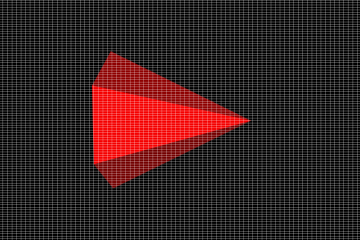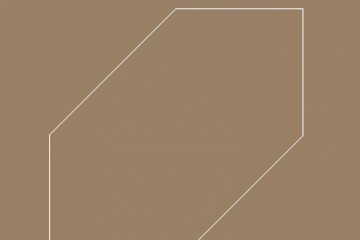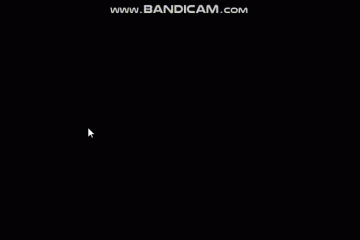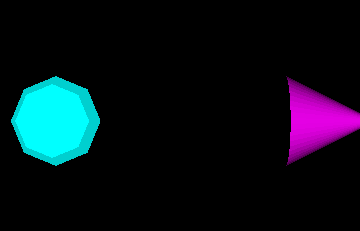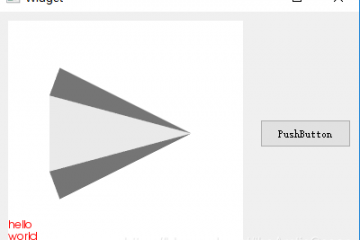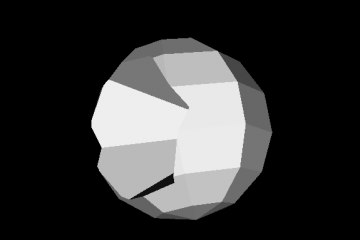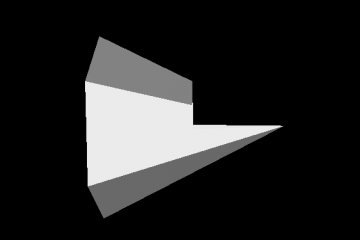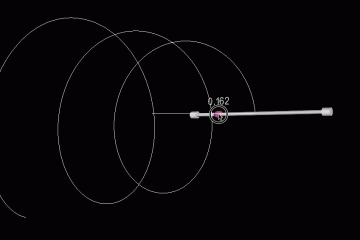Create 2D Grid On Screen By VTK
The post shows a way to create 2D grid on screen by VTK. Show it by vtkActor2D because we regard it as a 2D object. Its default coordinate system is viewport which is rendering. So we will have to know the window’s size. Let’s make the process easier. Change the Read more…
